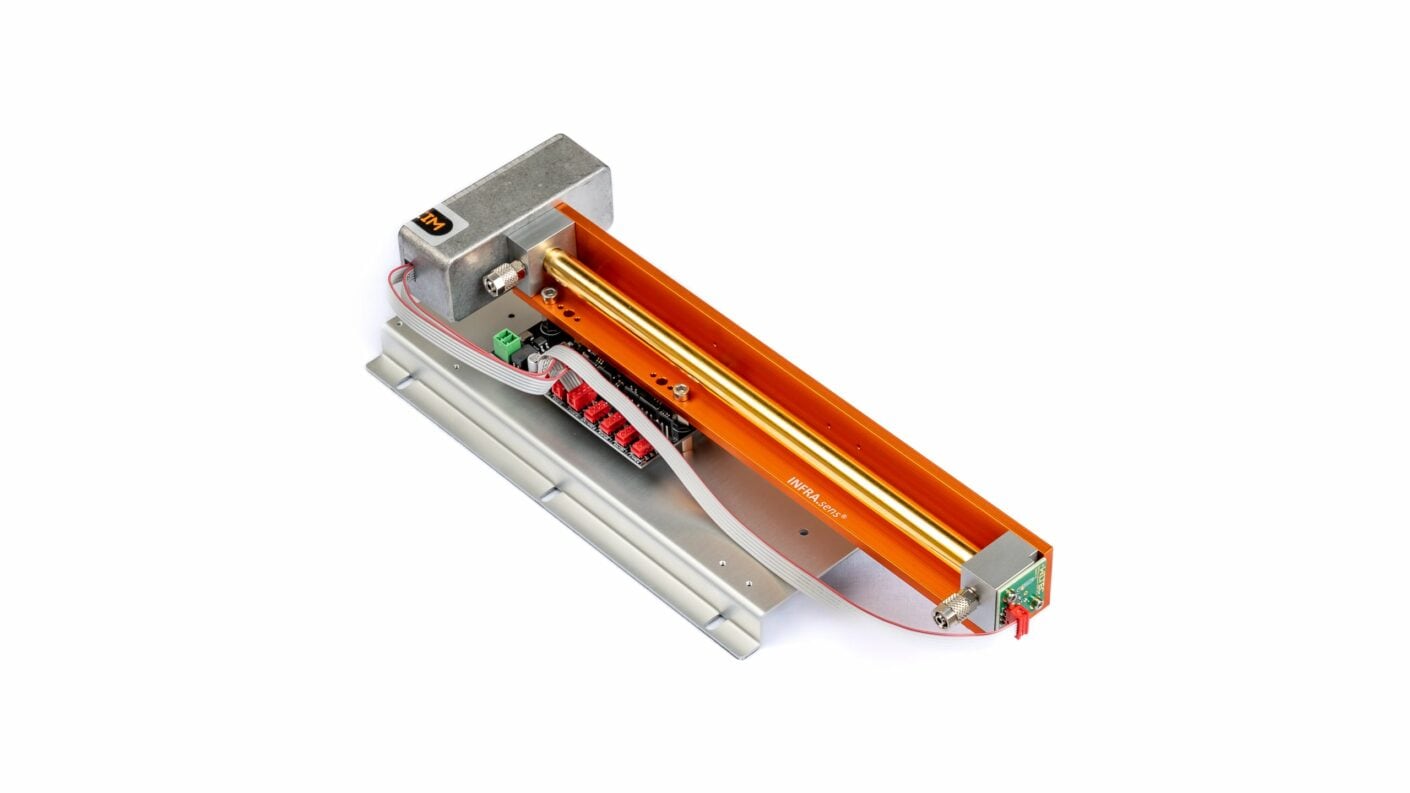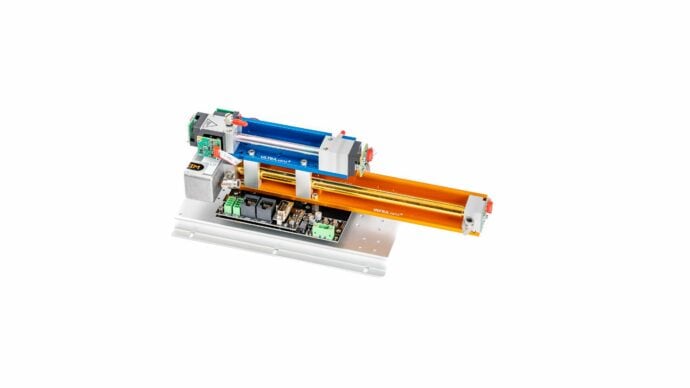General Information on CO2 – Carbon dioxide
Carbon dioxide (CO2) is a non-flammable, acidic and colorless gas. Because it dissolves well in water, it is sometimes colloquially and incorrectly called »carbonic acid«. CO2 is an elementary component of the global carbon cycle, a natural component of the air and a relevant greenhouse gas in the Earth’s atmosphere. Due to the combustion of fossil fuels, the amount of carbon dioxide in the earth’s atmosphere increased from about 280 ppm (at the beginning of industrialization) to over 410 ppm in 2020.
CO2 measurement in exhaust gas
The measurement of carbon dioxide in exhaust gas is an important indicator of the efficiency and environmental impact of combustion processes. CO2 is an important component of the exhaust gases released during fossil fuel combustion. Precise CO2 measurement using the NDIR method can help optimise combustion processes and minimise their impact on the environment. The results of CO2 measurement can also be used to quantify and evaluate the emission levels of combustion processes, to assess the efficiency of exhaust gas cleaning systems and to make policy decisions on emission controls.
CO2 in respiratory gas
CO2 analysis in respiratory gas is an important part of medical diagnostics and monitoring. CO2 is a waste product of metabolism and is normally exhaled in the form of carbon dioxide (CO2). A deviation from normal CO2 levels in the breath gas can indicate several health problems, such as respiratory diseases, metabolic disorders, or even diseases of the cardiovascular system. Breathing gas CO2 analysis is often performed in patients suffering from respiratory diseases or under ventilation, as well as in patients who require monitoring of oxygen uptake and delivery. CO2 analysis is a safe, non-invasive procedure that allows for rapid and accurate diagnosis. Usually, this respiratory gas analysis is done with the NDIR method (INFRA.sens).
CO2 in laboratory analysis
CO2 measurement in laboratory analysis is an important process to determine the carbon dioxide (CO2) content in samples such as air, water and solids. Furthermore, the carbon content (C) can also be determined by a chemical reaction and subsequent CO2 measurement (e.g. TOC analysis and elemental analysis). These measurements are used in various applications, including environmental monitoring, quality control in the food industry and medical diagnostics. In laboratory analysis, CO2 is mostly measured with the NDIR method (INFRA.sens). CO2 measurement in laboratory analysis is an important contribution to monitoring and controlling emissions, monitoring environmental quality and optimizing industrial processes.
Gas Sensors for the Detection of CO2

- Innovative NDIR Sensor (non-dispersive infrared sensor)
- Max. 3 simultaneously detectable gases per sensor unit
- Measuring ranges from ppm to Vol.-%
RITTER »MultiGas« Combined Modules NDIR + NDUV
RITTER »MultiGas« Modules can also be a combination of both NDIR sensors and NDUV sensors on a common board. With this unit, up to 3 gas components can be measured simultaneously. The basic electronics can supply IR and UV radiation sources with different frequencies for 0 Hz (DC) to 100 Hz (AC). This system is an ideal tool for detecting multi-component gas at low ppm levels.
Please note: For technical and chemical reasons, not every combination of gases/measuring ranges can be analyzed/measured in a single or combined RITTER »MultiGas« module. As this is a rather complex topic, please do not hesitate to contact one of our gas experts first.


